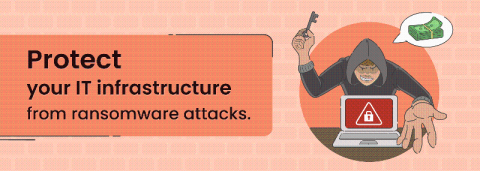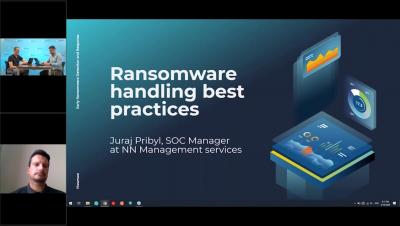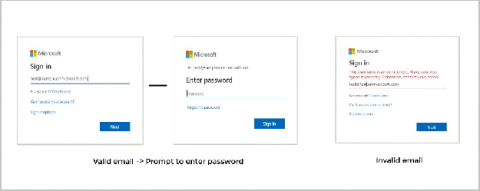Operations | Monitoring | ITSM | DevOps | Cloud
Malware
How to protect your IT infrastructure from a Maze ransomware attack
Pitney Bowes, a global package delivery giant, has been hit by a second ransomware attack in less than seven months, according to ZDNet. Those responsible for the attack have released screenshots portraying directory listings from inside the company’s network. What is Maze ransomware and what makes it so special?
The Path of an Outlaw, a Shellbot Campaign
Detecting Malware and Watering Hole Attacks with Splunk UBA
You may be surprised to learn that a particular malware is responsible for data theft in over 20% of financial institutions and other verticals in 2019. Watering hole attacks involve a web server that hosts files or applications where the website or files on the site become weaponized with malware. While recent news cycles have shined a spotlight on ransomware and crimeware, malware is not a new concept.
Early Ransomware Detection and Response
DIY Tool Website Greenworks Hacked by Self-Destructing Web-Skimmer
Whilst researching recent client-side attacks our security team observed a highly-sophisticated self-cleaning and self-destructing skimmer on the popular hardware tool website Greenworks. The hack was first spotted by RapidSpike’s Client-Side Security Scanner on June 8th, and at the time of writing, the hack is still live on www.greenworkstools.com/.
Securing Azure Active Directory from PowerShell abuse
Malware attacks are evolving and once common tactics are becoming a thing of the past. Attack strategies, like using a third-party hacking program or injecting viruses from external sources, are almost obsolete as they leave a distinct footprint. Most antimalware tools can now detect the presence of a foreign program or device and immediately block them.











